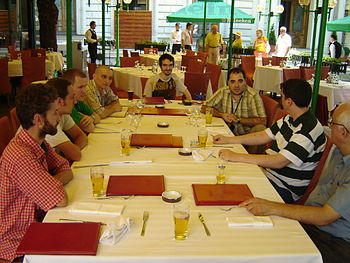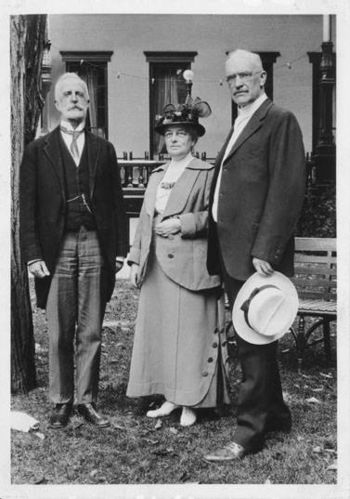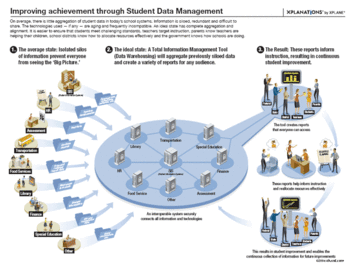Therein Squats the Toad
One of my favorite phrases from the show Dharma and Greg is "Therein Squats the Toad".
When Dharma first says this in the episode it is in reference to a problem of their own making.
I so fell in love with the phrase that I began using it quite often.
So where does the Toad Squat?
Chuck Lorre is the writer of the episode, and he also used a modified form of the phrase in The Big Bang Theory.
While I won't presume to think that this explanation is the one he had in mind, I will say the following picture is what I think of when I say the phrase.
Imagine an old abandoned swimming pool.
When I was a kid, I did some summer jobs cleaning up some abandoned swimming pools. Not the glamorous swimming pools with bikini clad figures aligned on either side.
Yucky. Algae filled, Broken pumps of goo swimming pools.
One thing we would do is to turn the pump on, and set up the drain to get rid of the mess.
Before we could turn the pump on we would have to clean out the inlet drains.
The inlet drains are just above the water line, but they are covered so the sun does not blare down on top of the water.
Inside this little covered inlet is cool water. (This was south Texas, by the way).
In every pool I worked with we would open it up and find....
You guessed it, Toads, Frogs, and turtles.
We would move them out, then clean out the particulates. After that we could use the drain, shock the water, scrub the pool and refill it with clean water.
So the first thing we had to work on, that was also one of the larger messes was the place wherein squatted the toad.












































